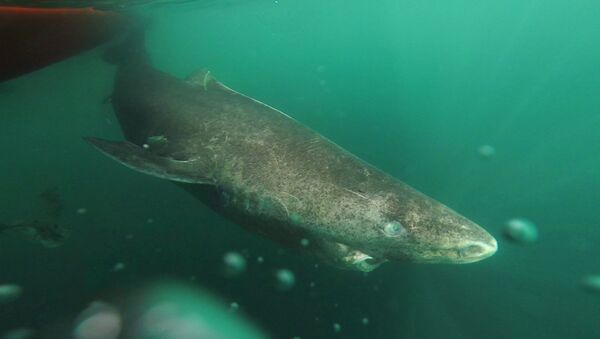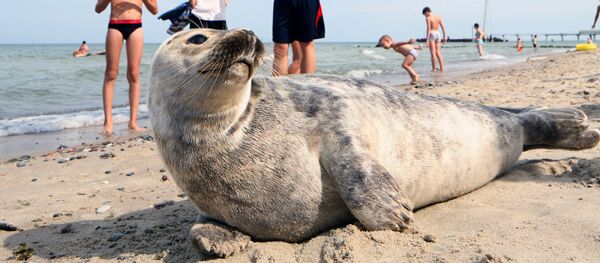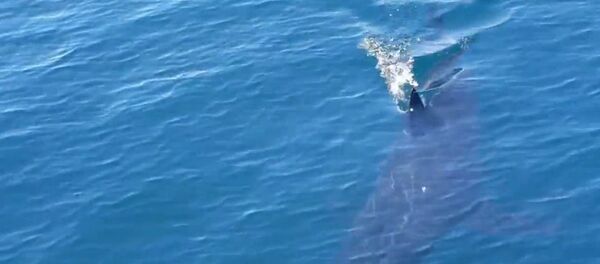The largest shark, with a length of 502 centimeters, was found to be around 392 years old. This means that she was born in the early 1600s, at the time of the Thirty Years War, and during Shakespeare's peak period. Her younger cousin, measuring 493 centimeters, was calculated to be "only" 335 years old.
An adult Greenland shark can easily reach over five meters in length, which is on par with the great white shark and the tiger shark, the world's largest fish species. However, there is a vast difference in life expectancy. With a slow growth rate of about one centimeter per year, which is believed to contribute to their exceptionally long lives, Greenland sharks only reach maturity at the ripe age of 150, by which time they are no less than four meters in length. The average lifespan of the Greenland shark is therefore estimated at 272 years.
"They have a very slow metabolism because they have the same body temperature as the surrounding water, usually below ten degrees Celsius. They live a life in slow motion," Julius Nielsen, senior biologist at the University of Copenhagen told Swedish Radio.
The Greenland shark, which among scholars goes by the name of Somniosus microcephalus, is the largest fish to prowl the Arctic waters. It spends most of its time lying in wait, preying on seals and fish and is not averse to devouring whale carcasses. Its slow reproduction rate makes the species somewhat vulnerable.
"Unfortunately, many are killed as bycatch when fishing for halibut," Julius Nielsen pointed out.
The study was carried out in collaboration between the Greenland Institute of Natural Resources, the National Aquarium Denmark, the Arctic University of Norway, Indiana University-South Bend, the University of Oxford, and the Virginia Institute of Marine Science.
The Greenland shark is an elusive creature of the cold, dark depths that scientists still know very little about >> https://t.co/E4cInMzpdk
— Discovery (@Discovery) July 23, 2016





